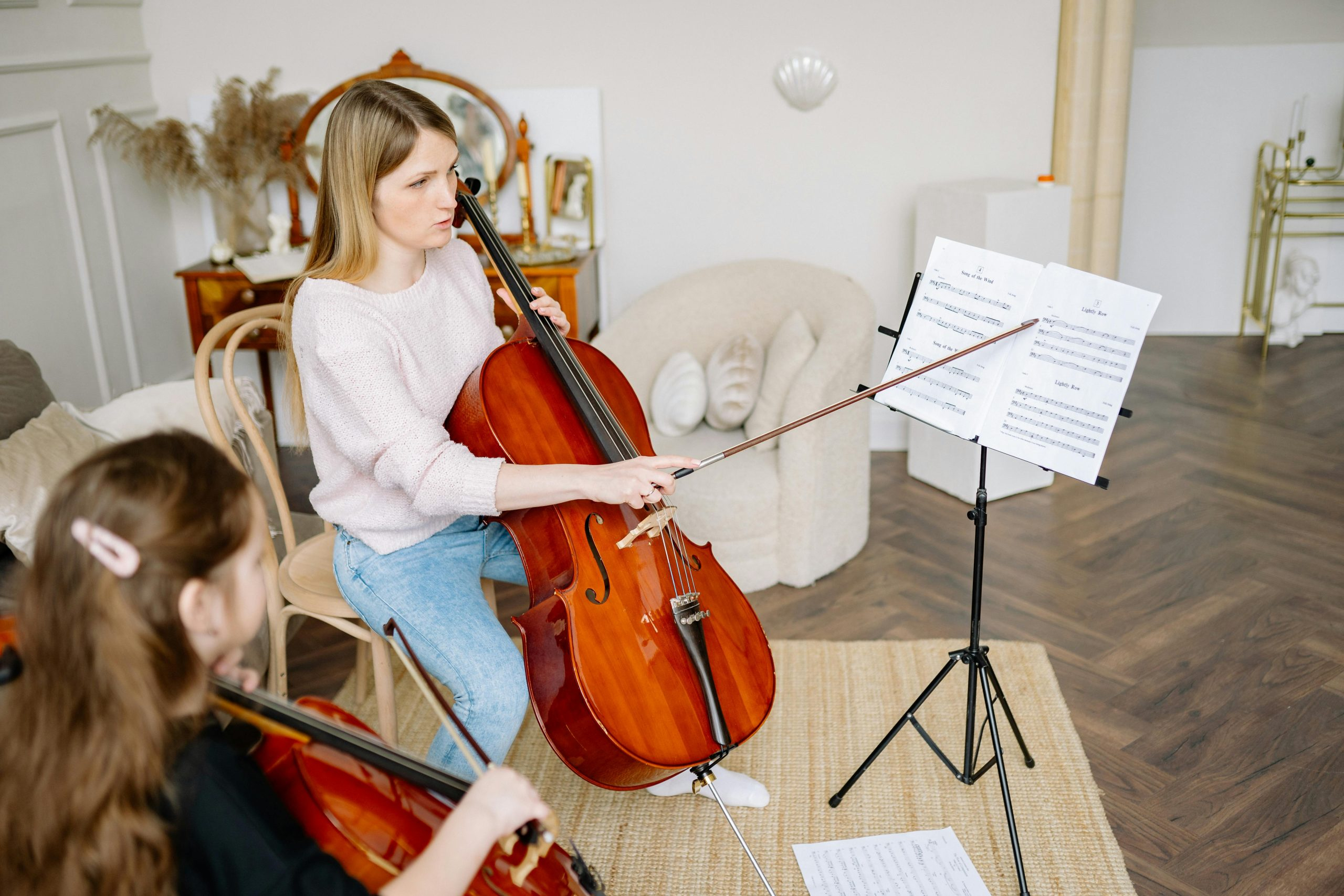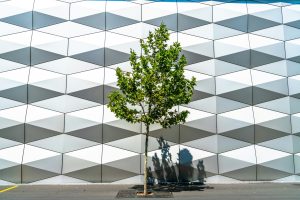The Value of Arts in Fostering Student Creativity
The world of education has been constantly evolving, with various aspects of learning being emphasized and prioritized in different eras. But one thing that has always been at the core of education is creativity. The ability to think outside the box and come up with innovative solutions is a crucial skill that is needed in all aspects of life. And one of the most effective ways to foster creativity in students is through the arts. In this article, we will delve into the value of arts in fostering student creativity and how it can benefit their overall development.
The Power of Arts in Stimulating Creativity
The arts, including visual arts, music, dance, and drama, provide a unique and dynamic platform for students to express themselves. Unlike traditional subjects, which often have strict guidelines and a single correct answer, the arts offer endless possibilities and encourage students to think outside the box. Through artistic expression, students are able to explore, experiment, and push the boundaries of their imagination.
Various studies have shown a positive correlation between student involvement in the arts and their creative capabilities. In fact, a report by the The Arts Education Partnership found that students who are engaged in the arts are more likely to excel in critical thinking, problem-solving, and innovation. This is because the process of creating art requires constant decision-making and allows students to tap into their inner creativity.
Cross-Curricular Connections
Another benefit of incorporating the arts in education is its ability to enhance learning in other subject areas. For example, when students create a piece of art, they are not just expressing themselves, but also building on their knowledge and understanding of other subjects such as history, literature, and science. This cross-curricular connection strengthens their understanding and retention of information, making learning more engaging and meaningful.
Moreover, the arts have been proven to improve concentration, memory, and attention span. So, not only do students have a deeper understanding of various subjects, but they also have the ability to retain and apply the knowledge gained.
Nurturing Creativity in the Digital Age
In today’s digital age, it is easy for students to rely heavily on technology and lose touch with their own creativity. However, incorporating the arts in education can provide a balance and help students develop their creativity in a more holistic way. The hands-on nature of artistic expression requires students to think critically, problem-solve, and adapt to different situations – skills that are essential in an ever-changing and technologically advanced world.
Furthermore, technology itself offers a new platform for artistic expression, giving students the opportunity to explore and innovate in the digital realm. This not only opens up new possibilities for creativity but also prepares students for future careers where technology and creativity go hand in hand.
The Role of the Educator
An effective educator understands the importance of creativity in student development and incorporates the arts in their teaching strategies. Educators can provide a safe and nurturing environment for students to explore and express their creativity without fear of judgment or failure. By encouraging their students to use their imagination and take risks, educators can help students build their confidence and self-esteem, which are essential for creativity to thrive.
Furthermore, by incorporating the arts in their lessons, educators can cater to different learning styles and engage students who may otherwise struggle in traditional subjects. This can also lead to a more inclusive and diverse classroom, where all students feel valued and can express their unique perspectives and talents.
The Value of Arts in Fostering Student Creativity
In conclusion, the arts play a vital role in fostering student creativity, which is a crucial skill in today’s ever-changing world. Through artistic expression, students are given the freedom to explore, experiment, and innovate, which not only enhances their understanding of various subjects but also develops important life skills. As educators, it is important to recognize the value of the arts and incorporate them in our teaching practices to create a well-rounded and creative learning environment for our students.
So, let us embrace the arts and unleash the potential of our students’ imagination and creativity for a brighter and more innovative future.










